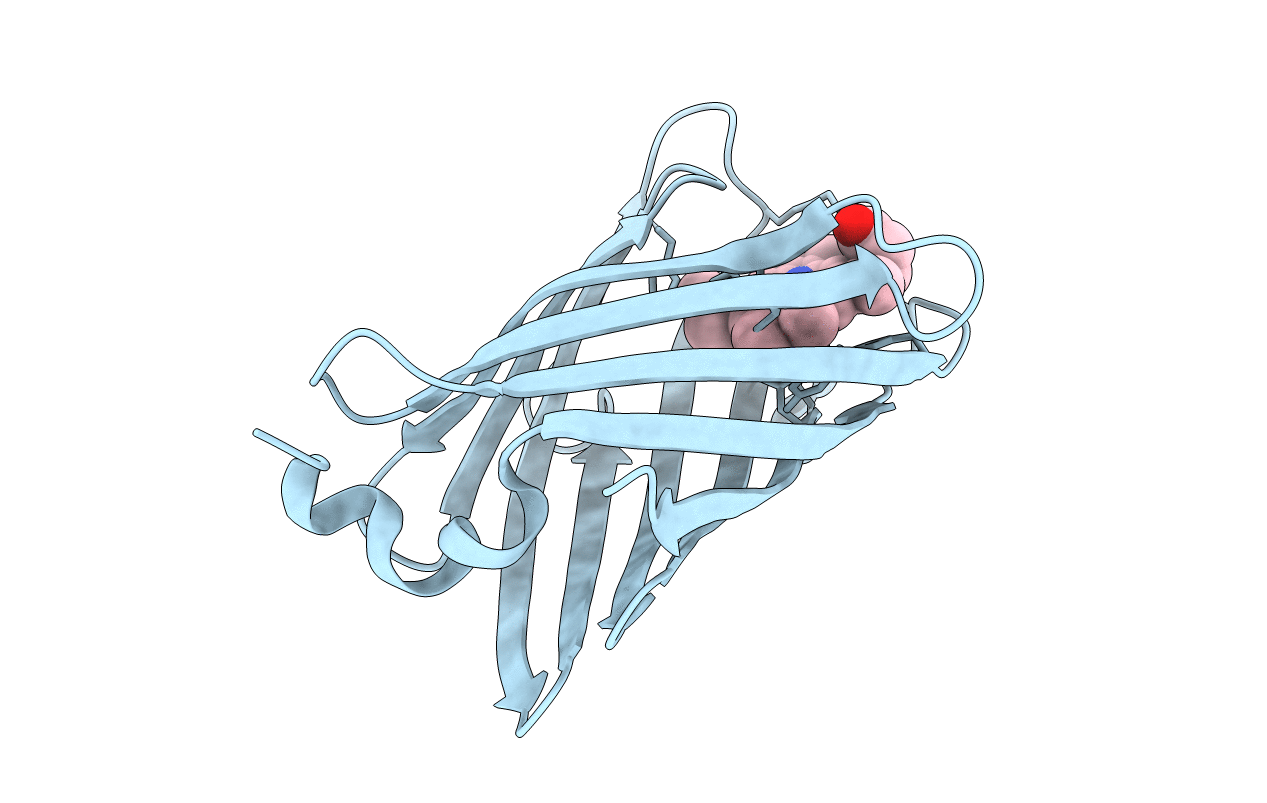
Deposition Date
2019-03-21
Release Date
2020-04-08
Last Version Date
2024-11-20
Entry Detail
PDB ID:
6R3W
Keywords:
Title:
M.tuberculosis nitrobindin with a water molecule coordinated to the heme iron atom
Biological Source:
Source Organism:
Mycobacterium tuberculosis (Taxon ID: 1773)
Host Organism:
Method Details:
Experimental Method:
Resolution:
1.20 Å
R-Value Free:
0.17
R-Value Work:
0.13
R-Value Observed:
0.14
Space Group:
I 2 2 2


